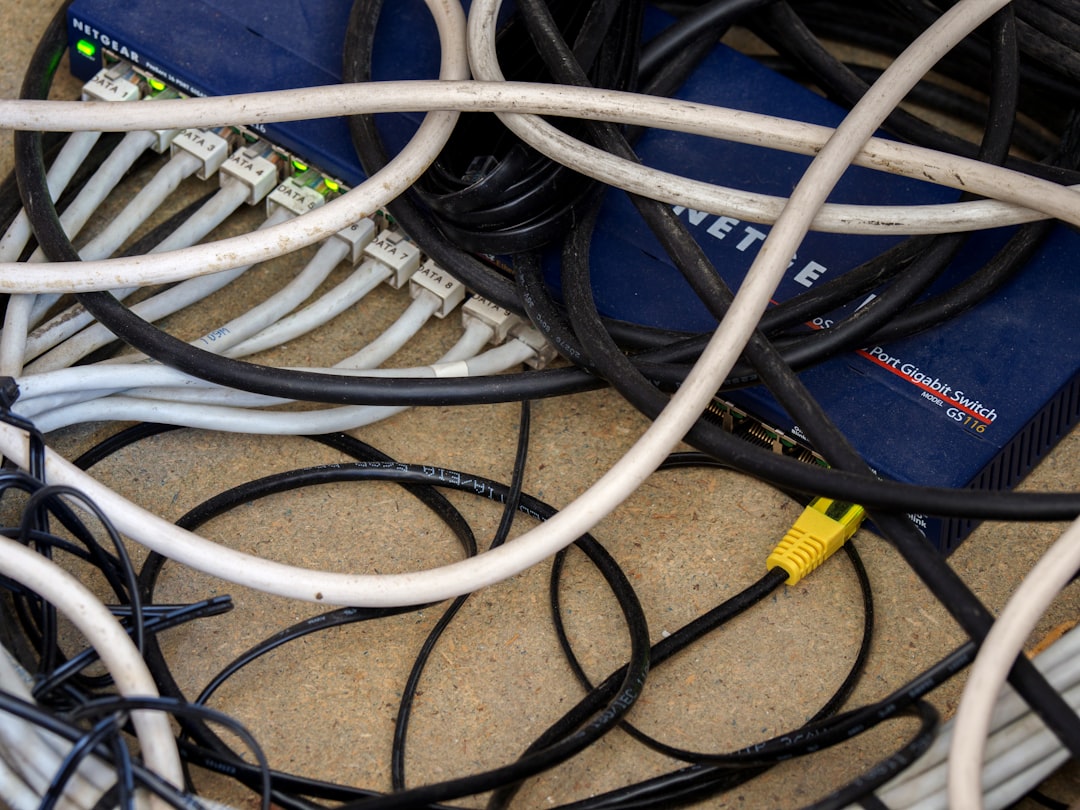Live TV Streaming at Lower Res: How to Optimize for Slow Wi-Fi
In today’s era of digital streaming, live TV has become more accessible than ever before. Yet, many users encounter frustrating interruptions when their internet connection can’t keep up with the demands of high-definition video. Buffering, lagging, and delayed audio can quickly ruin the viewing experience. If you’re facing these issues, optimizing your live TV streaming for slower Wi-Fi connections is not only possible—it’s practical and essential for uninterrupted entertainment.
Understanding the Challenges of Streaming Over Slow Wi-Fi
Live TV streaming demands a steady, reliable internet connection. Unlike on-demand content, which can buffer ahead of time, live TV must stream in real-time. This makes it more susceptible to:
- Network congestion
- Limited bandwidth
- Device interference
- Multiple simultaneous users
Each of these factors can degrade video quality or stop your stream altogether. If you can’t upgrade your internet plan or improve your connection physically, the next best step is to adjust your streaming approach.
Lowering Streaming Resolution: A Smart First Step
One of the most effective ways to adapt to a slower connection is by reducing your stream’s resolution. This tactic lightens the load on your network while maintaining access to your favorite content.
Standard streaming resolutions include:
- 1080p (Full HD): Requires approximately 5 Mbps
- 720p (HD): Requires approximately 3 Mbps
- 480p (SD): Requires approximately 1.5 Mbps
- 360p or lower: Aim for 0.5–1 Mbps
Switching from 1080p to 480p can dramatically reduce lag on slower connections while keeping your content watchable. Most streaming apps allow you to manually set video quality under their settings menu.
Optimizing Streaming Apps for Low Bandwidth
Popular streaming platforms like YouTube TV, Hulu + Live TV, and Sling TV offer controls that let you manage how much data they consume. These settings are particularly advantageous in low-bandwidth conditions. Here’s how to fine-tune them:
Adaptive Streaming Settings
Many apps automatically adjust video quality based on your internet speed. However, relying on auto settings can sometimes cause frequent shifts in video clarity and stream stability. Instead, choose a manual setting—such as 480p or 360p—for consistent playback without buffering.
Turn Off Autoplay and Background Streams
Disable features like autoplaying previews or background streaming of multiple channels. These consume unnecessary bandwidth that could otherwise go toward your main stream.
Use Offline Viewing Where Possible
Some services allow you to download shows temporarily. While not an option for live content, this can be useful for pre-recorded programs or catching up on serials without stressing your Wi-Fi.
Hardware Tweaks to Improve Your Streaming Setup
Even with a lower resolution and optimized app settings, you may still experience slow speeds if your hardware setup isn’t conducive to smooth streaming. Here are some trusted ways to boost your setup:
- Router Placement: Place your router in a central, elevated location for maximum signal radiation.
- Reduce Device Interference: Keep electronic appliances and thick walls away from your router to avoid signal obstruction.
- Use Ethernet When Possible: A wired connection delivers more stable speed than Wi-Fi, especially for smart TVs or set-top boxes.
- Upgrade Your Router: Routers older than three to five years may not support modern streaming requirements even on a solid connection.

Network Management: Making the Most of Limited Bandwidth
If other users or devices on your network are using too much data, your stream will inevitably suffer. Implementing quality-of-service (QoS) rules can help prioritize your streaming traffic:
- Log into your router’s admin panel and navigate to QoS settings.
- Select your streaming device to prioritize traffic.
- Limit bandwidth for other devices that are downloading or streaming content simultaneously.
Additionally, avoid peak hours for streaming. Internet speeds typically drop in the evening due to increased household usage. If possible, schedule major downloads or uploads for off-peak hours to free up bandwidth during live programming.
Use Streamlined Devices for Better Performance
Not all devices handle streaming equally well. Choose hardware optimized for low-bandwidth compatibility:
- Use lightweight streaming devices: Options like Roku Express, Amazon Fire TV Stick Lite, or Chromecast with Google TV offer reliable performance under constrained networks.
- Avoid multitasking on the streaming device: Close unused apps running in the background to allocate system resources to live streaming.
- Keep your firmware up-to-date: Running the latest version of your device’s software ensures better compatibility with streaming apps and networks.
Consider Switching Streaming Services
Not all live TV platforms are created equal. Some are more forgiving on slower networks than others. If you consistently experience issues, try alternative services that allow advanced quality controls or optimized compression techniques aimed at lower bandwidth users.
Services to consider for low-bandwidth environments:
- Sling TV – Offers quality settings and lower-bandwidth streaming options
- Philo – Minimalistic interface, optimized for low resource use
- YouTube TV – Adaptive bitrate controls and adjustable playback quality
When All Else Fails: Enhance Your Wi-Fi Environment
While not strictly part of streaming optimization, improving your home’s Wi-Fi environment can help patch bottlenecks that hinder video quality. Consider these enhancements:
- Install signal boosters: Wi-Fi extenders or mesh systems can increase coverage throughout your home.
- Monitor your ISP performance: Use tools like Speedtest.net to confirm your ISP delivers the speeds you’re paying for.
- Limit streaming quality on other household devices: Encourage family members to watch in SD quality when your live TV is streaming.
Conclusion: Streaming Smarter, Not Harder
Slow Wi-Fi doesn’t need to destroy your live TV experience. By proactively adjusting your resolution, fine-tuning app and device settings, and optimizing your network at home, you can achieve a stable, watchable stream without major upgrades or expenses.
Make it a habit to reassess your streaming habits, update your tools, and manage bandwidth as needed. With these smart strategies, even modest internet connections can deliver satisfying live TV sessions free from disruption.


Comments are closed.